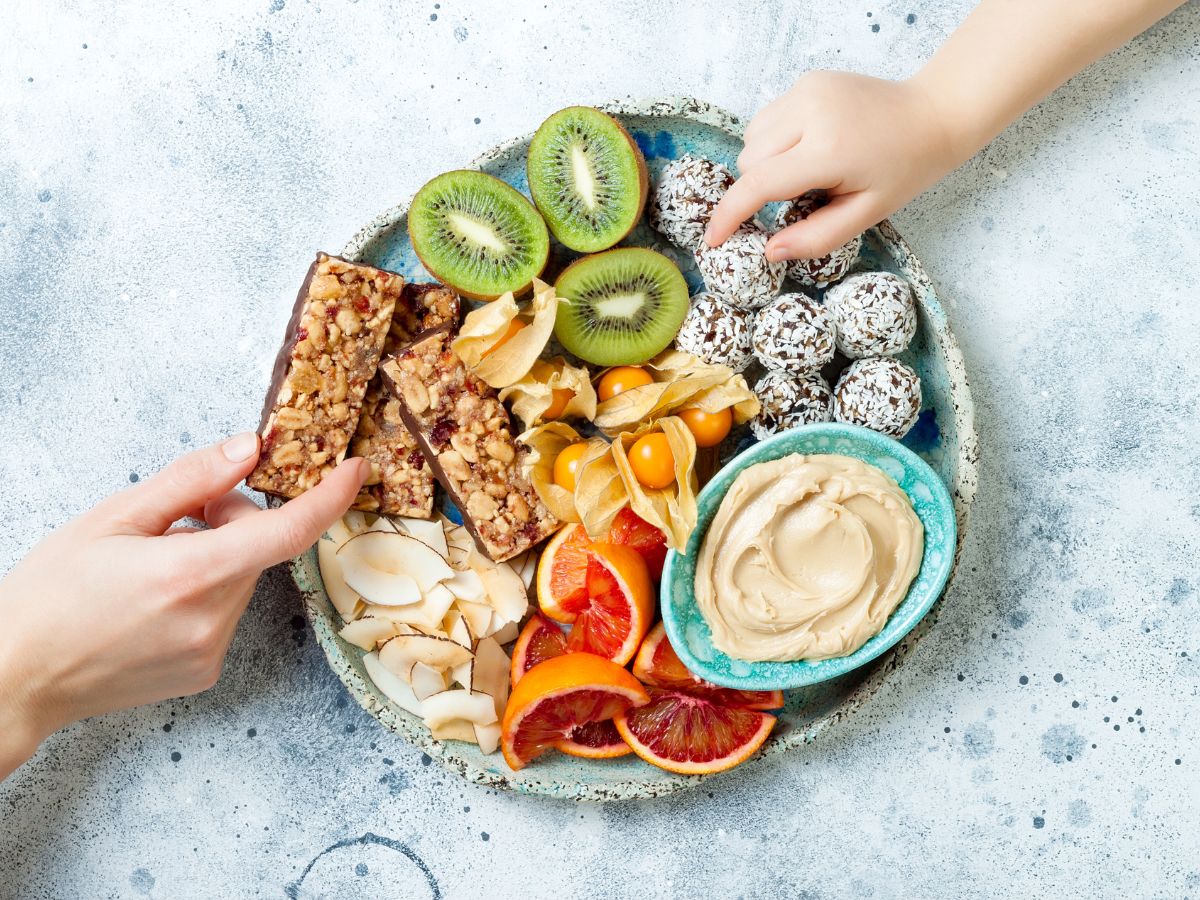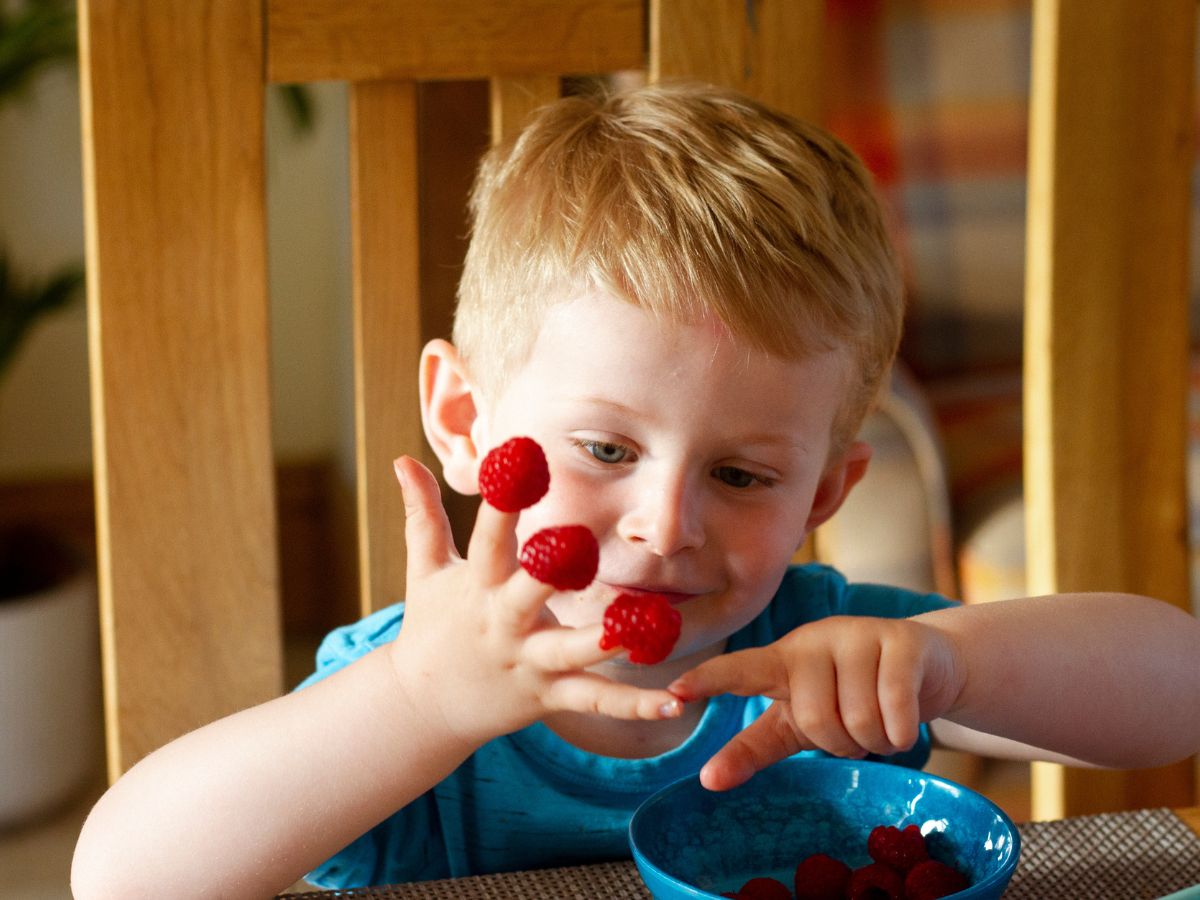Toddlers are known for their ever-changing tastes and mealtime quirks. If you are a parent, you are likely familiar with the term “picky eater.” Dealing with picky eating in toddlers can be challenging, but it is also a normal phase of child development. This article will explore the reasons behind fussy eating and provide practical strategies to navigate this often frustrating but temporary stage.
Rapid growth, boundless curiosity, and the onset of picky eating mark the toddler years for many parents. This article addresses this typical developmental phase to provide parents and caregivers with strategies to handle mealtime challenges. As little ones embrace their independence and explore new tastes and textures, this article offers insights into the underlying reasons for their selective eating habits. It also presents practical methods to ensure they receive the nutrition for healthy growth.
1. Understanding Picky Eating
a. Developmental Stage
Picky eating is a common developmental milestone. Toddlers are learning about the world around them, including exploring their food preferences.
b. Sensory Exploration

Toddlers often use their senses to explore new foods. They may touch, smell, or taste a food item cautiously before accepting it.
c. Control and Independence
Mealtime can become a battleground as toddlers assert their independence. They may resist certain foods as a way to exert control.
2. Signs of Picky Eating
a. Food Refusal
Toddlers may refuse to eat certain foods, pushing them away or declaring, “I do not like it.
b. Limited Food Choices

Picky eaters often have a limited repertoire of preferred foods. They may stick to a handful of familiar items.
c. Food Texture Aversion
Some toddlers may be sensitive to certain textures, making them hesitant to try foods with unfamiliar textures.
3. Strategies for Dealing with Picky Eating
a. Maintain a Positive Atmosphere
Create a positive mealtime environment. Avoid mealtime battles and focus on making meals an enjoyable, stress-free experience.
b. Offer a Variety of Foods

Introduce a wide range of foods from different food groups. Variety can increase your toddler’s curiosity and expand their palate.
c. Be a Role Model
Set an example by enjoying a diverse and balanced diet yourself. Children often mimic their parents’ eating habits.
d. Involve Your Toddler

Include your child in meal planning and preparation. Let them help with age-appropriate tasks like stirring or washing vegetables.
4. Coping with Food Refusal
a. Stay Calm
Avoid getting frustrated or angry when your toddler refuses food. Stay calm and patient, and do not force them to eat.
b. Offer Small Portions

Serve small portions to prevent overwhelming your child. They can always ask for more if they are still hungry.
c. Encourage Tasting
Encourage your toddler to taste a small bite of the disliked food, even if they do not eat the whole portion.
d. Try Again

Do not give up on a particular food after one refusal. It can take multiple exposures for a child to accept a new food.
5. Introducing New Foods
a. Gradual Introduction
Introduce new foods gradually and alongside familiar favourites. This reduces the shock of an entirely unfamiliar meal.
b. Fun Presentation

Get creative with food presentation. Use cookie cutters to make fun shapes or arrange food visually appealingly.
c. Food Exploration
Let your toddler explore new foods with their senses. Encourage them to touch, smell, and taste without pressure.
6. Managing Food Texture Aversions
a. Texture Gradation
If your child dislikes certain textures, introduce similar foods with slight texture variations to help them adapt.
b. Food Pairings

Pair a disliked texture with a preferred one. For example, mix a disliked vegetable into a pasta dish they enjoy.
c. Offer Choices
Give your toddler some control. You can do this by offering choices within a category, such as letting them choose between different types of fruit.
7. Addressing Mealtime Challenges
a. Set a Schedule
Establish a regular meal and snack schedule. Consistency can help reduce grazing and increase appetite at mealtimes.
b. Limit Liquid Intake

Avoid excessive juice or milk consumption between meals, as it can fill your toddler’s stomach and reduce their appetite.
c. Stay Patient
Picky eating is a phase that most toddlers outgrow. Stay patient, and avoid creating negative associations with food.
8. When to Seek Help
a. Extreme Picky Eating
Consult a paediatrician if your child’s picky eating is severe, causing significant weight loss or nutrient deficiencies.
b. Food Allergies or Sensitivities

If you suspect food allergies or sensitivities, seek medical advice for a proper evaluation and dietary guidance.
c. Behavioural Concerns
Consider consulting a child psychologist or therapist if behavioural issues like mealtime tantrums or aggression accompany picky eating.
Dealing with picky eating in toddlers is a common challenge for parents. It is important to remember that picky eating is often a regular part of a child’s development. You can confidently handle this phase by maintaining a positive mealtime environment. Additionally, offering a variety of foods, and being patient and understanding can make a significant difference. Most toddlers naturally expand their palate and develop healthier eating habits with time.
